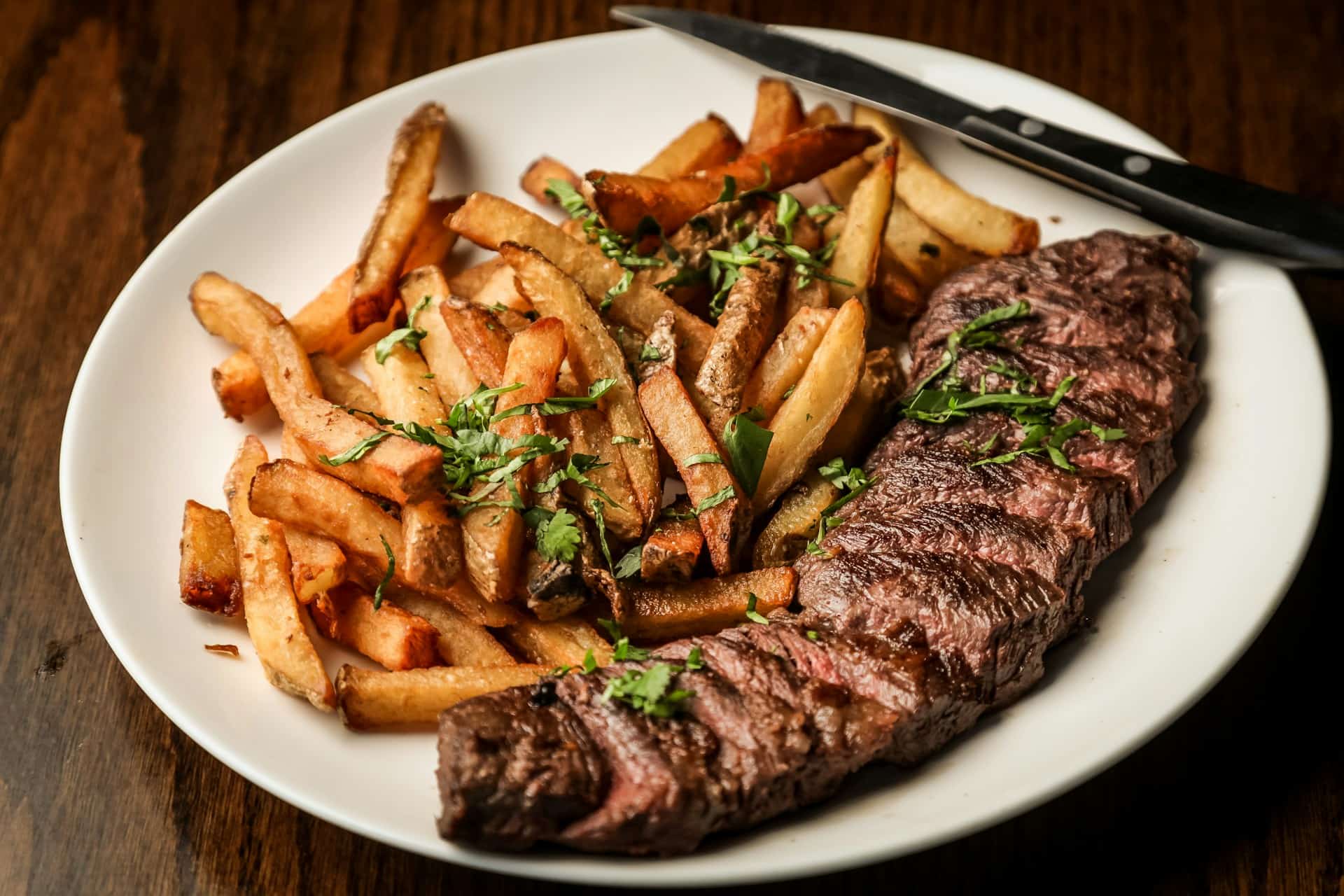
Question: When Should You Not Use a Microwave?
Answer: You should not use a microwave when using metal, sealed containers, styrofoam, some plastics, and foods like whole eggs or dried chilies. These can cause damage to the unit or create hazardous situations.
Knowing When to Skip the Zapping
Microwaves offer speed and convenience in our busy lives. We use them to reheat leftovers, cook quick meals, and even pop popcorn. Specific situations exist where microwaving presents risks or simply isn’t effective. This article explores when you should not use a microwave and safer alternatives. Understanding these limitations ensures food safety and preserves food quality.
Safety First: Items You Should Never Microwave
Certain materials react dangerously with microwaves. Placing these items inside can cause fires, explosions, or release harmful chemicals. Prioritize safety by understanding which materials to avoid.
Never use metal. Metal reflects microwaves, preventing food from heating. This reflection can damage the oven and even start a fire. Avoid metal containers, aluminum foil, and utensils.
Some plastics melt or leach chemicals into food. Use only microwave-safe plastics and avoid single-use containers unless specifically labelled as microwave-safe.
Sealed containers can build pressure and explode. Always vent or remove lids before microwaving.
Click the link to learn more about Blue Kitchen Refacing
Related Article: Can I Put a Freestanding Microwave in a Cupboard?
Related Article: Is It Bad to Eat Microwaved Food Every Day?
Foods That Don’t Microwave Well
Microwaves excel at reheating and quick cooking, yet some foods don’t respond well to microwaving. Understanding these limitations helps you achieve better culinary results.
Foods with delicate textures, like fish, can become rubbery. Dry foods, such as bread, can become tough. These foods benefit from gentler cooking methods.
Thick cuts of meat often cook unevenly. The outside may overcook while the centre remains cold. Use a conventional oven or stovetop for even cooking.
Best Alternatives: Exploring Other Cooking Methods
When microwaving isn’t ideal, many alternative cooking methods exist. Check out these options to optimize your cooking experience.
Steaming vegetables
preserves nutrients and flavour.Roasting
brings out the natural sweetness in root vegetables.Pan-frying or sautéing
adds a delicious sear to meats and vegetables.Baking
provides even cooking for casseroles and other dishes.Grilling
imparts a smoky flavour to meats and vegetables.Slow cooking
tenderizes tougher cuts of meat.
When Speed Isn’t Everything: Prioritizing Food Quality and Safety
While they save time, prioritizing food quality and safety remains important. Consider the trade-offs between speed and optimal cooking results.
When time allows, explore alternative methods that enhance flavour and preserve nutrients. Steaming, baking, or pan-frying often produce superior results compared to microwaving.
Consider the type of food and desired outcome. For quick reheating, the microwave remains convenient. However, for optimal flavour and texture, explore alternative methods.
Conclusion
Microwaves offer a convenient way to cook and reheat food. However, specific situations exist where avoiding them is beneficial. By understanding these limitations, you can make informed decisions about when to use your microwave and when to choose other cooking methods.
Prioritize safety by avoiding metal, certain plastics, and sealed containers. Consider food quality by exploring alternative cooking methods that preserve nutrients and enhance flavour. By understanding these factors, you can maximize both convenience and quality in your kitchen.

Blue Malue Get in touch with Blue here.
